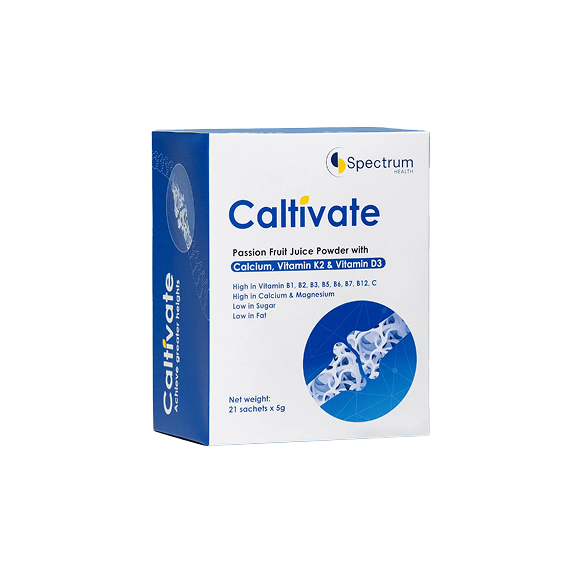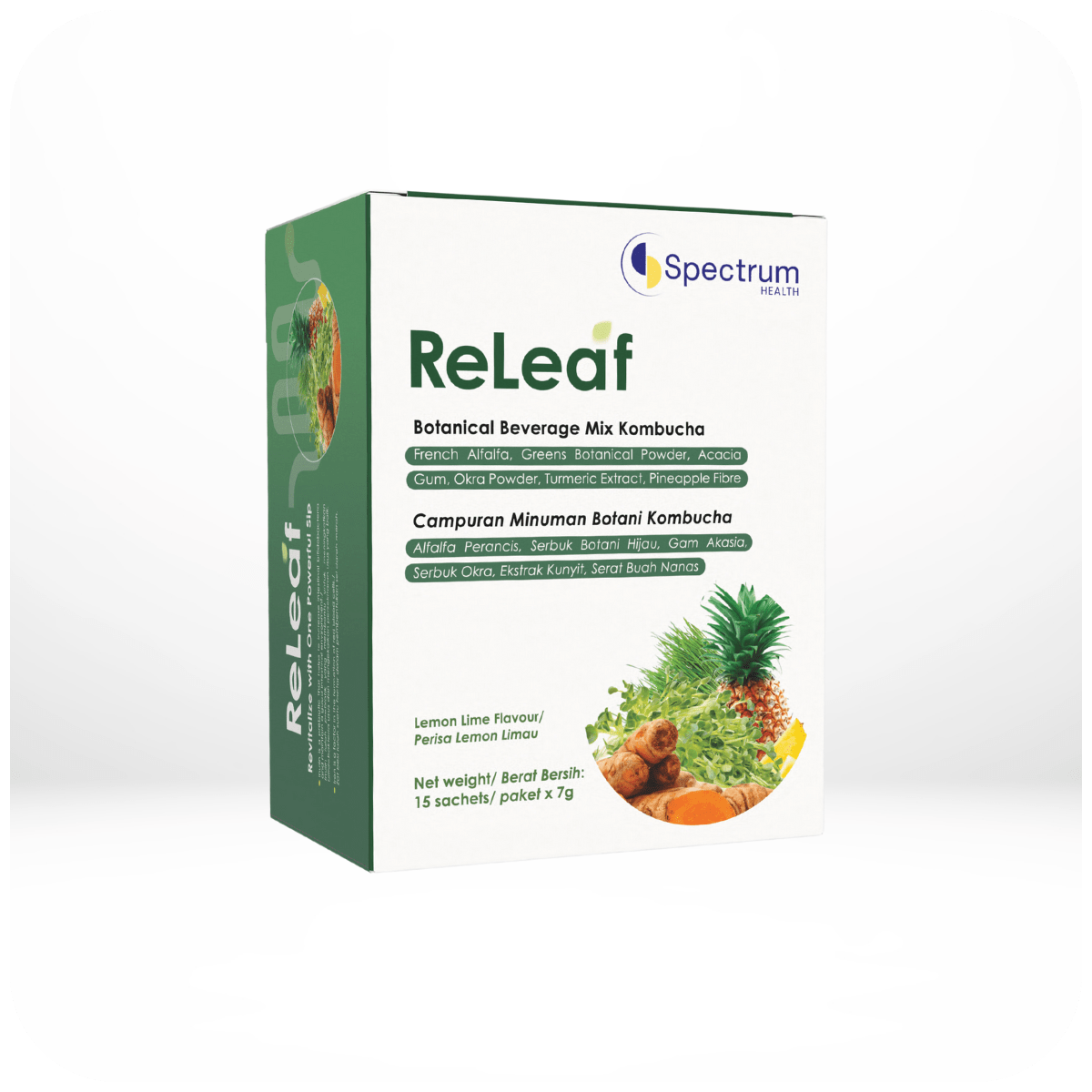
Isolyte
Isolyte helps replenish fluids and key electrolytes with an optimised osmolarity for rapid absorption.
Fortified with B-Complex, Zinc and Magnesium to support energy metabolism and muscle function, it’s suitable for hot weather, sports, travel, and post-illness rehydration.
Compared with standard ORS, Isolyte adds B-vitamins plus Zinc & Magnesium for a more complete recovery profile, with a clean, sugar-free lime-salt taste.

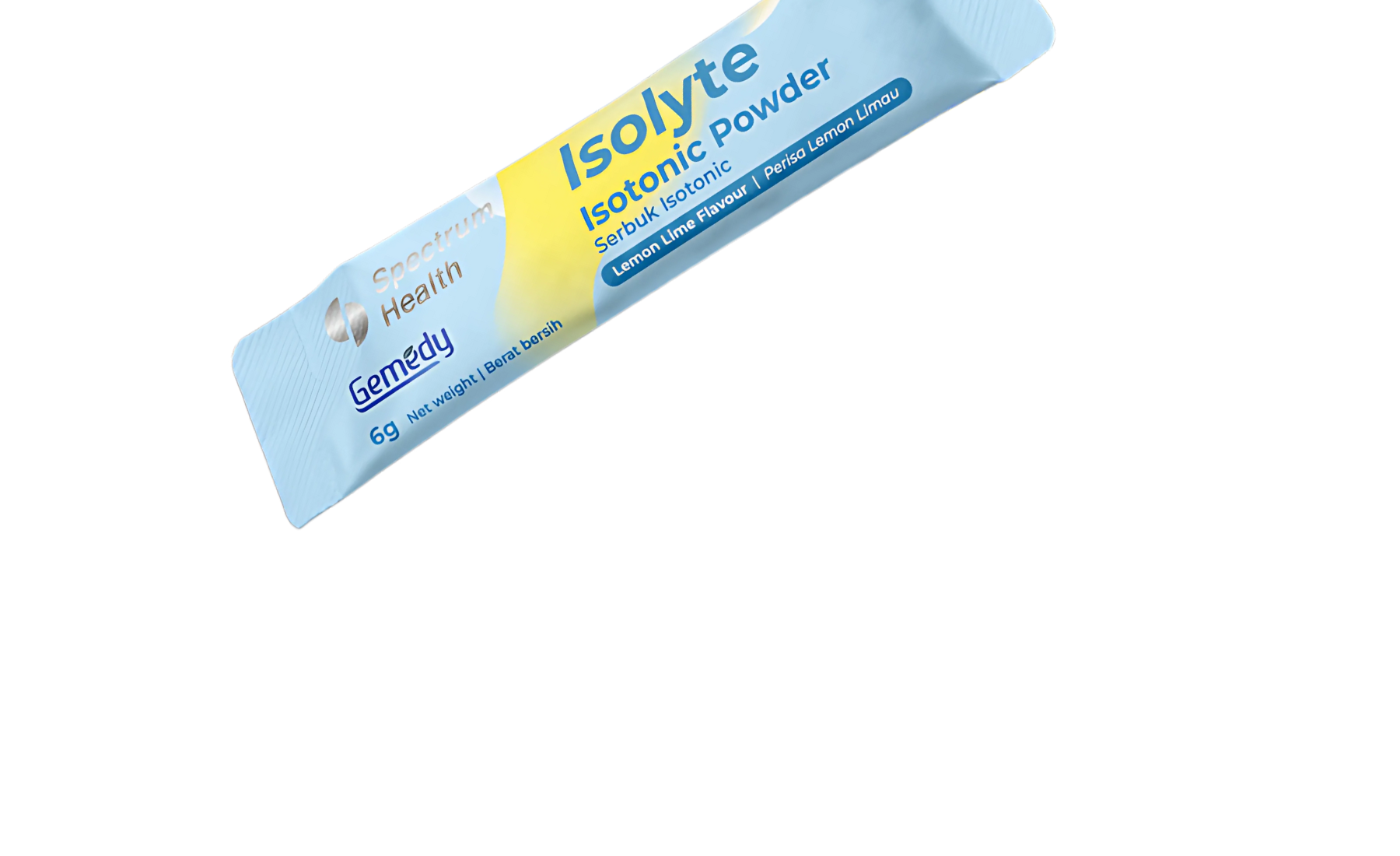
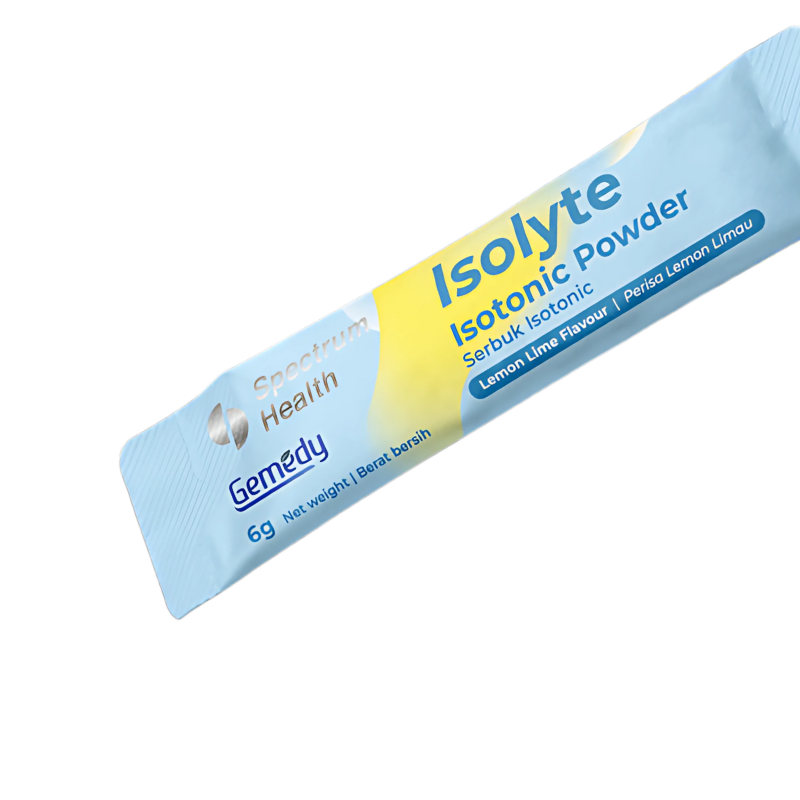
Why Our Isolyte?
1/3
1 out of 3 Malaysian adults do not meet daily fluid needs
82%
Field professionals were clinically dehydrated during a heat-wave

Stay Hydrated, Longer
Clinical Study 1 - Hydration after Exercise in Heat
Comparisons of isomaltulose, sucrose, and glucose-fructose on post-exercise hydration. (Amano et al., 2021; European Journal of Nutrition)
Design: Randomized, single-blind, cross-over; three beverage conditions over a 3-hour recovery window.
Participants: 13 healthy men (21 ± 1 y) exercised in 35 °C heat until 2% body-mass loss, then rehydrated with a drink volume matching the loss in the first 30 min.
Interventions: 6.5% isomaltulose vs 6.5% sucrose vs 3.25% glucose + 3.25% fructose electrolyte drinks.

 Key findings:
Key findings:
- Greater net fluid retained with isomaltulose vs sucrose (p = 0.010).
- Cumulative urine output tended to be lower with isomaltulose (p = 0.064).
- Plasma volume was lower early (≤90 min) but similar by the end of recovery across drinks. 
What it means: By the end of recovery, more of what you drink stays in your body with isomaltulose vs sucrose, a practical support for longer-lasting hydration.
Clinical Study 2 - Acute and 4-Week Metabolic Effects
Novel findings on metabolic effects of the low-glycaemic carbohydrate isomaltulose (Holub et al., 2010; British Journal of Nutrition)
Design: Three human trials: (i) ileostomy absorption; (ii) single-dose cross-over; (iii) 4-week randomized double-blind cross-over.
Participants: Ileostomy n = 10; acute trial n = 10; 4-week trial n = 20 hyperlipidaemic adults.
Interventions/Comparators: 50 g isomaltulose vs 50 g sucrose (single-dose), and 50 g/day for 4 weeks vs sucrose in a controlled diet.
Key findings:
- Fully available in the small intestine: apparent digestibility 95.5–98.8% and absorption 93.6–96.1%.
- Steadier blood sugar: 3-h glucose iAUC 118 vs 184 (min·mmol/L) for isomaltulose vs sucrose (p = 0.037).
- Lower insulin demand: 3-h insulin iAUC 15,208 vs 23,347 (min·pmol/L) (p = 0.005); peak insulin >50% lower.
4-week tolerance/safety: well tolerated; lipids unchanged; fasting glucose and HOMA-IR lower vs baseline after the isomaltulose phase.
What it means: Isomaltulose delivers carbs more evenly with less insulin spike — ideal for a “steady energy” hydration product.
Clinical Study 3 - Evidence Across Multiple Trials
Isomaltulose: A systematic review and meta-analysis of randomized controlled trials (Xie et al., 2022; Nutrition Reviews)
Design/Scope: Meta-analysis of 11 RCTs (cross-over and parallel) from Germany, UK, Japan, Malaysia, Australia; N = 175 healthy adults.
Key findings: vs higher-GI carbs, isomaltulose reduced post-meal glucose at 30 and 120 min and reduced insulin at 60 and 120 min.
What it means: Consistent, multi-study evidence that isomaltulose blunts sugar and insulin spikes.
What's inside Isolyte?

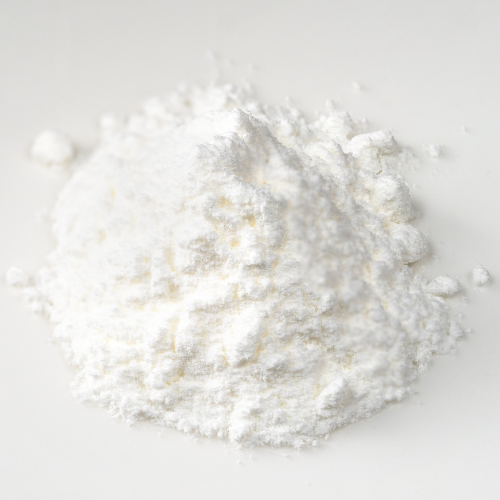
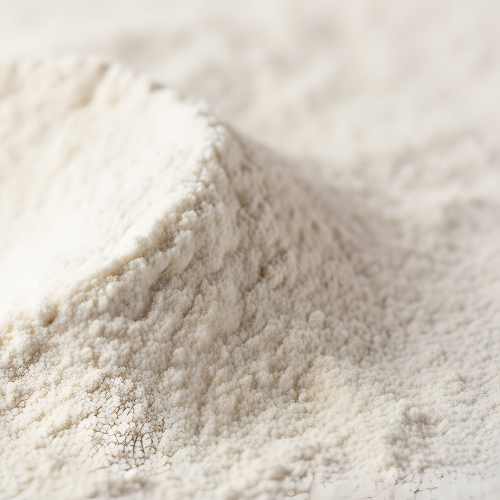
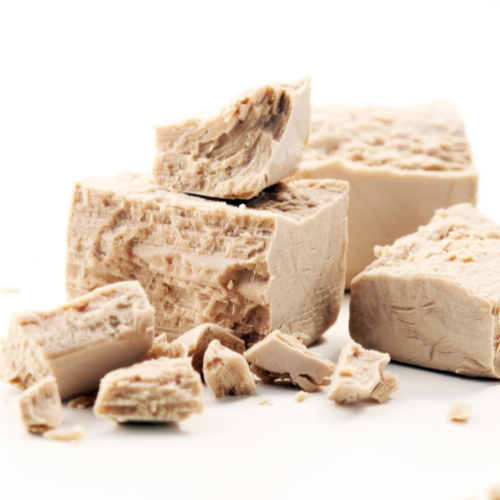
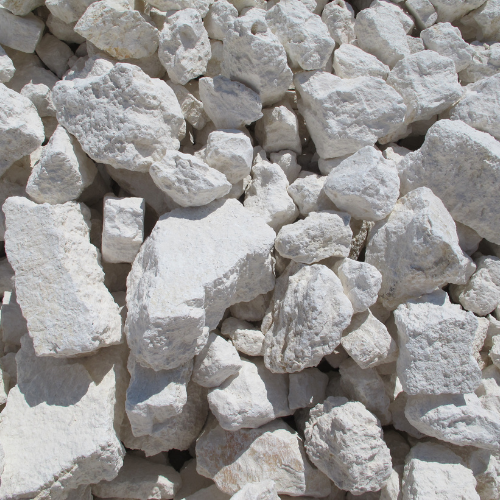
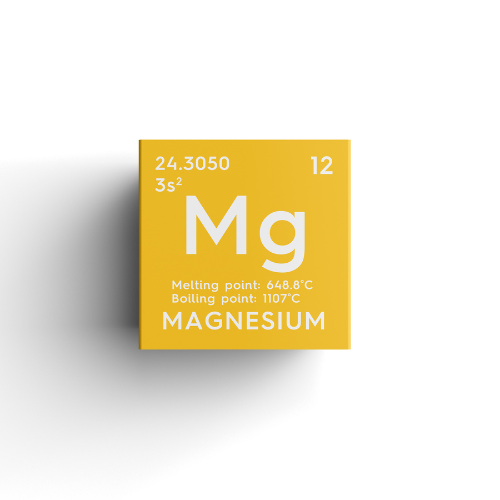
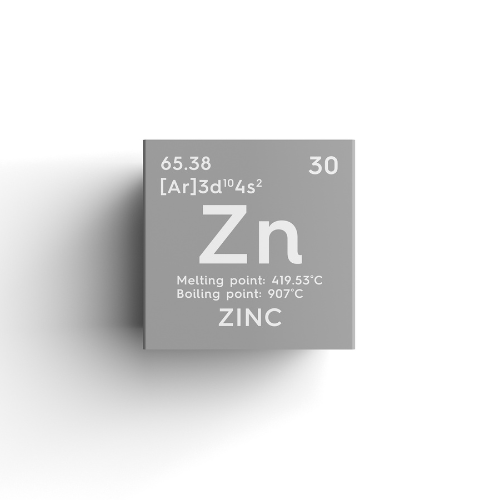
Not all electrolytes are created equal - here’s the difference
Isolyte vs. Standard ORS & Other Electrolytes


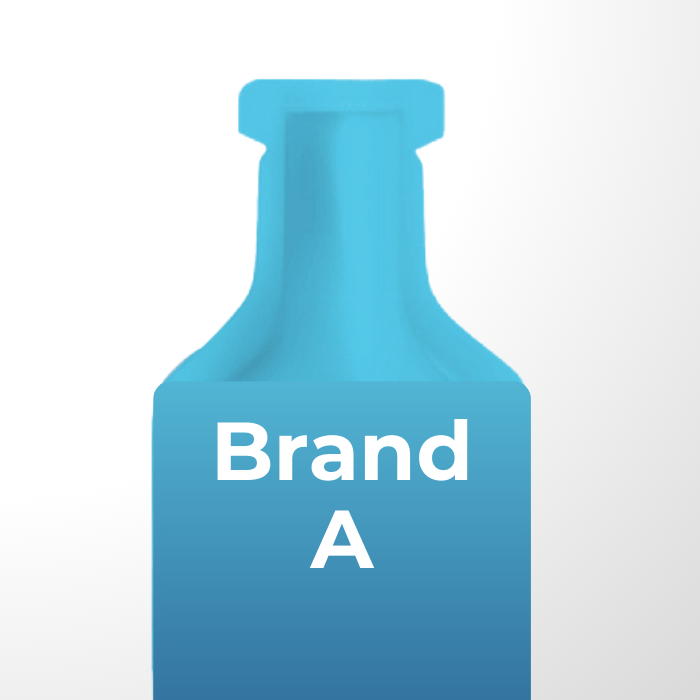
Original design goal
Carbohydrate source
Total sugars / serving
Minerals
Preservative
Primary use
Palatability
Osmolarity

